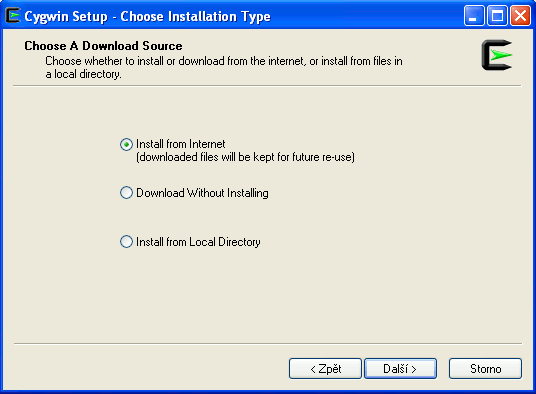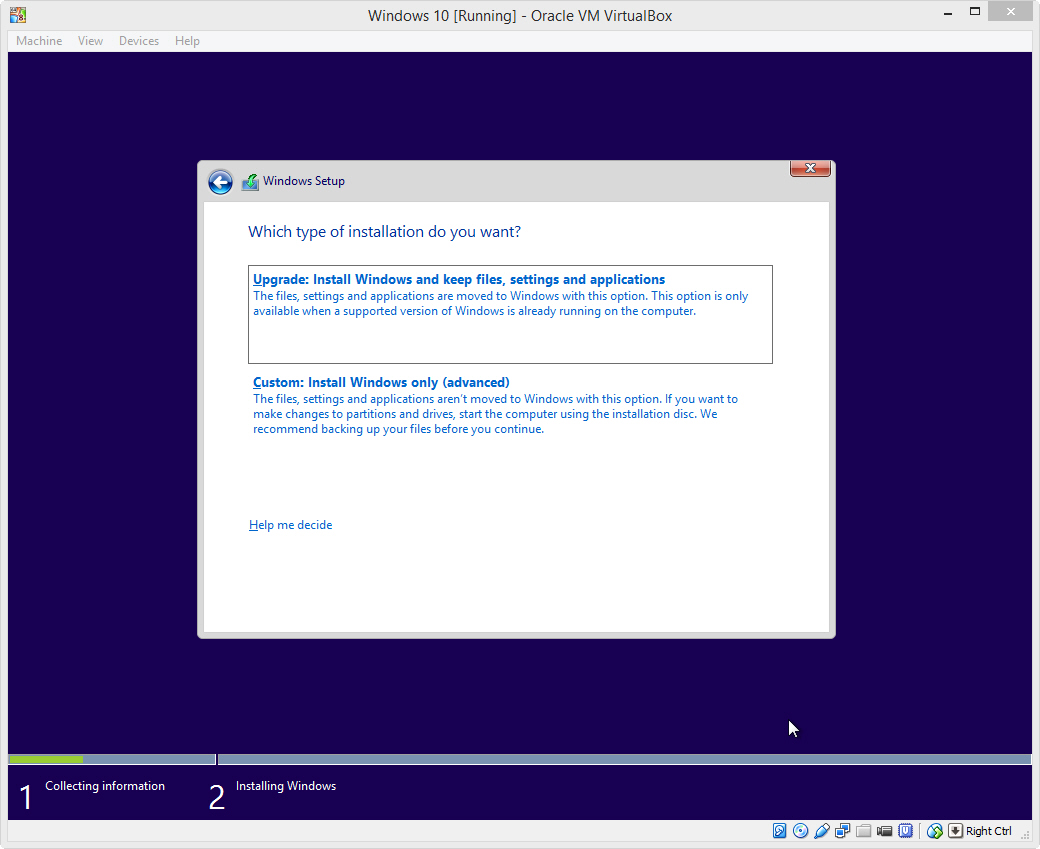- Install Rsync On Windows 10 Windows 7
- Cwrsync
- Cwrsync Windows
- Mcafee On Windows 10
- Install Rsync On Windows 10 64
- Download Rsync For Windows
- Install Rsync On Windows 10 Free
- The wonderful Ubuntu terminal is freely available for Windows 10. As any Linux user knows, it's the command line terminal where the magic happens. It's perfect for file management, development, remote administration and a thousand other tasks. The Ubuntu terminal for Windows has many of the same features you'll find using.
- Run the “ mingw-get-setup.exe ” and click the “Install” button. Keep the default settings and click the “Continue” button. Wait for the installer to download and setup the MinGW Installation Manager and click the “Continue” button. When the MinGW Installation Manager starts up navigate the left side options and select “MSYS”.
I was an avid user of Linux for many years but switched to Windows. One thing that I have always missed is using rsync to make incremental snapshots for the purposes of backup. You use a command like this:
Sep 23, 2019 Windows 10: Rsync for Windows 10 Discus and support Rsync for Windows 10 in Windows 10 Drivers and Hardware to solve the problem; Hello, I store my photos and some other files in one hard disk. I would like to use another hard disk as backup. Does Microsoft have an equivalent to. Discussion in 'Windows 10 Drivers and Hardware' started by liwhite, Nov 30, 2018.
and it will create a complete directory structure of the current state of the folder you are backing up, using hard links to reference the previous backup. Only new or changed files are actually written to disk; all the others are saved as hard links. This is just plain awesome, and none of the solutions I have found in Windows have been able to do this. (For reference, I've tried Windows File History, and paid money for commercial software including Crashplan and the otherwise brilliant Beyond Compare.)
Now that Microsoft have introduced WSL I have tried to do this in bash for Windows. It appears to have worked perfectly, but Windows is reporting the size on disk incorrectly, as shown here:
To explain, in one shapshot snapshot-170831__07h08m48s I added a large video file, 1.40 GB, which took several seconds to copy. In the next shapshot, snapshot-170831__07h09m09s the file took no time to copy, which suggests the hard link was created correctly and that no space has been taken up on my hard drive.
However all my Windows tools (Windows Explorer, Directory Opus, WinDirStat) report that the second snapshot folder is taking up 1.40 GB on disk.
The first question then is why is Windows incorrectly reporting the size on disk for these hard links?
But the more important question is should I be doing this: using Linux tools under Windows for my regular file backups. I've already seen on WSL that modifying files like .bashrc using Windows tools will make the file unreadable inside WSL. I wonder whether it is too risky to trust my backups to a tool like this, or whether I risk corrupting the file system and losing important files.
Install Rsync On Windows 10 Windows 7
Kit JohnsonCwrsync
1 Answer
It's difficult to calculate the size of hard-linked files in Windows. One tool that allows you to do this is TreeSize Professional (not free, analysis of hard links is switched off by default). I used this tool and it correctly estimated the size of the hard-linked files.
For a more thorough discussion, see How can I check the actual size used in an NTFS directory with many hardlinks?
As for the other part of the question, is it risky to backup files using Linux tools under Windows on WSL? I decided to test this simply by copying one of the snapshot directories to a separate external hard drive. There were no problems copying the files, or reading them from the external drive. In other words, the hard links are behaving exactly as expected, and the files are working.

So down to the final point, could using Linux tools under WSL as part of my regular backups break something, such as corrupting the file system? Do I trust WSL not to break things majorly? Anything can break at any time, so I will make sure these snapshot directories get copied periodically to a separate drive.
Kit Johnson Kit Johnson
Kit JohnsonNot the answer you're looking for? Browse other questions tagged windows-10bashbackuprsyncwindows-subsystem-for-linux or ask your own question.
NOTE: While this method does work, it should be considered deprecated.
I suggest all Windows 10 users move to use the Bash on Ubuntu on Windows tool to run Jekyll and manage your blog with JBH!
If you are using JBH on Windows with Msysgit aka Git Bash you will find that your only publish option is SCP (Secure Copy). Msysgit does not include RSync as part of the install but it's very easy to install.
Step One
Cwrsync Windows
Download 'mingw-get-setup.exe' from the MinGW SourceForge Project Site
Mcafee On Windows 10
Step Two
Run 'mingw-get-setup.exe' to install the MinGW installer.
Install Rsync On Windows 10 64
When the MinGW Installation Manager loads select the 'MSYS' option on the left bar and then find and select only the 'msys-rsync' bin package. From the menu select 'Apply Changes'. This will download and install rsync onto your computer.
Step Three
Copy the following four files from the MinGW MSys bin folder '_C:MinGWmsys1.0bin_' to the Git bin folder 'C:Program Files (x86)Gitbin'
Download Rsync For Windows
- msys-iconv-2.dll
- msys-intl-8.dll
- msys-popt-0.dll
- msys-1.0.dll
- rsync.exe
Install Rsync On Windows 10 Free
Once you have copied the files you can delete the entire MinGW install folder if you do not need it anymore.